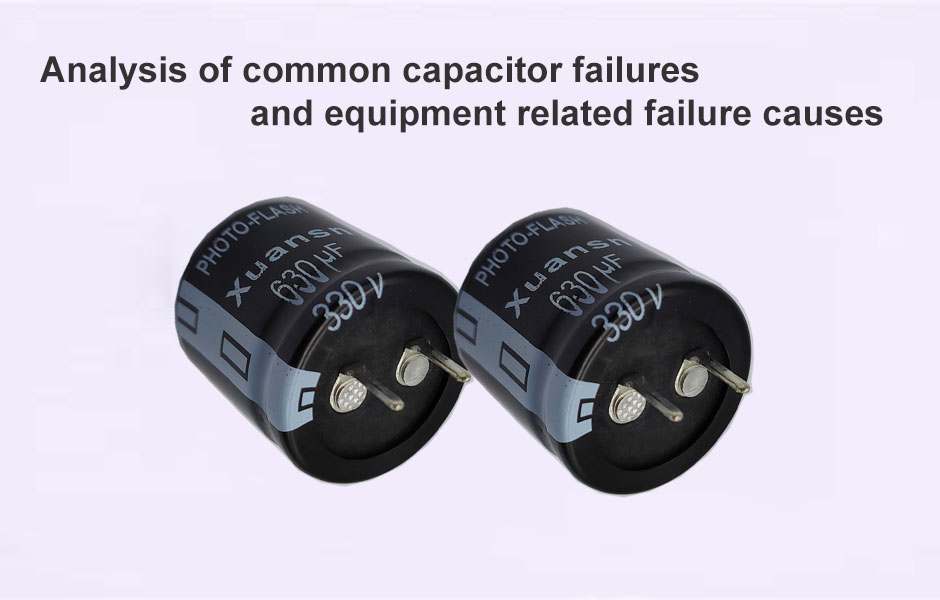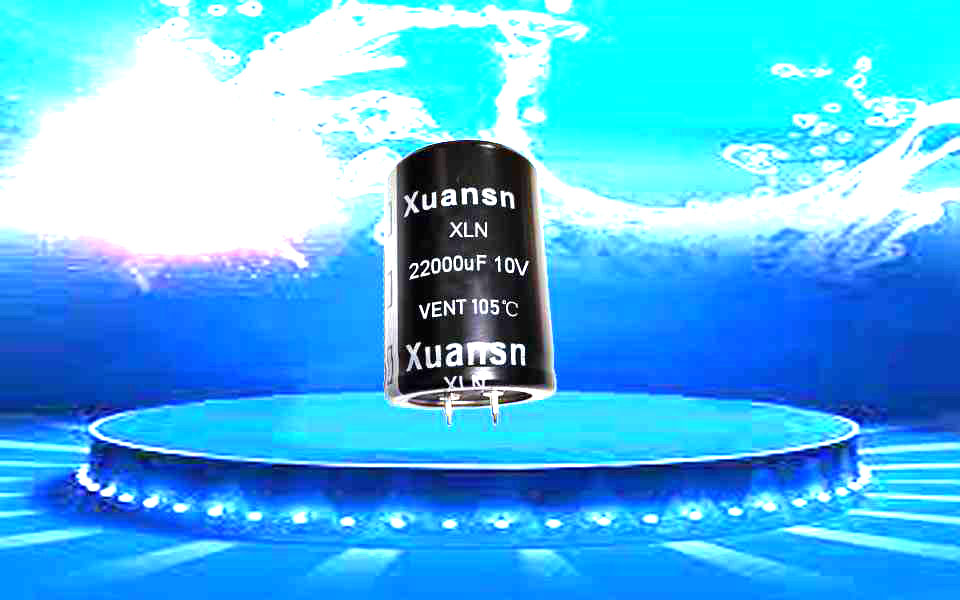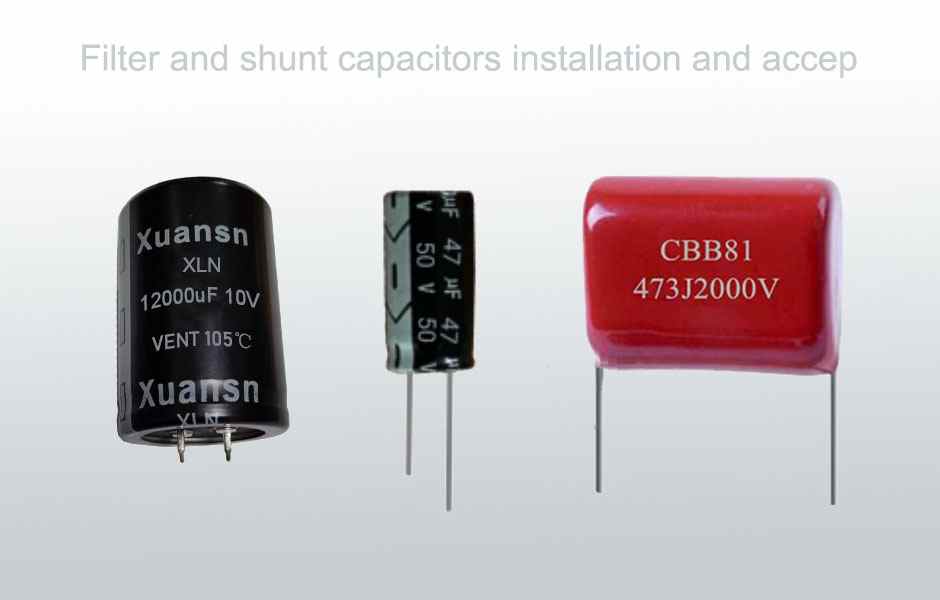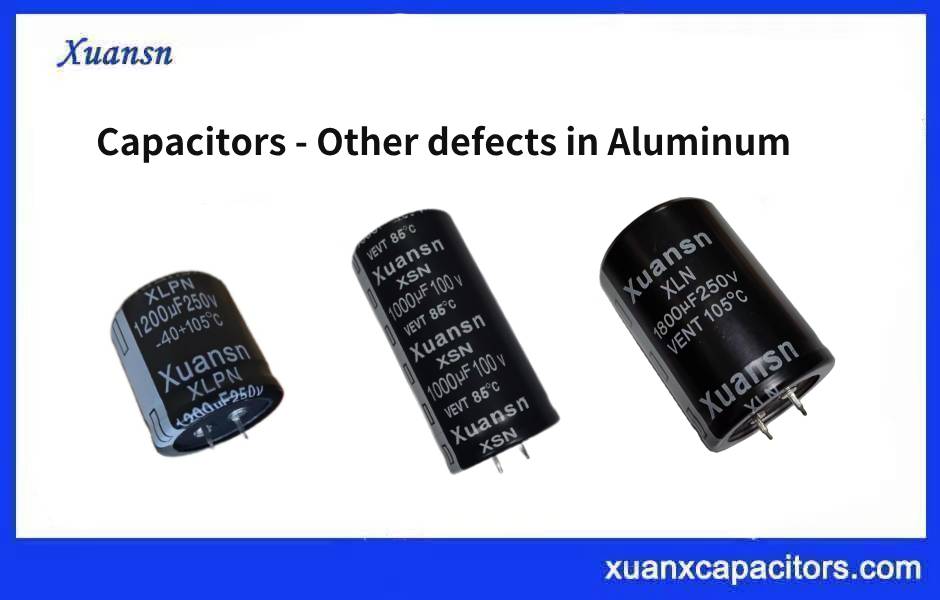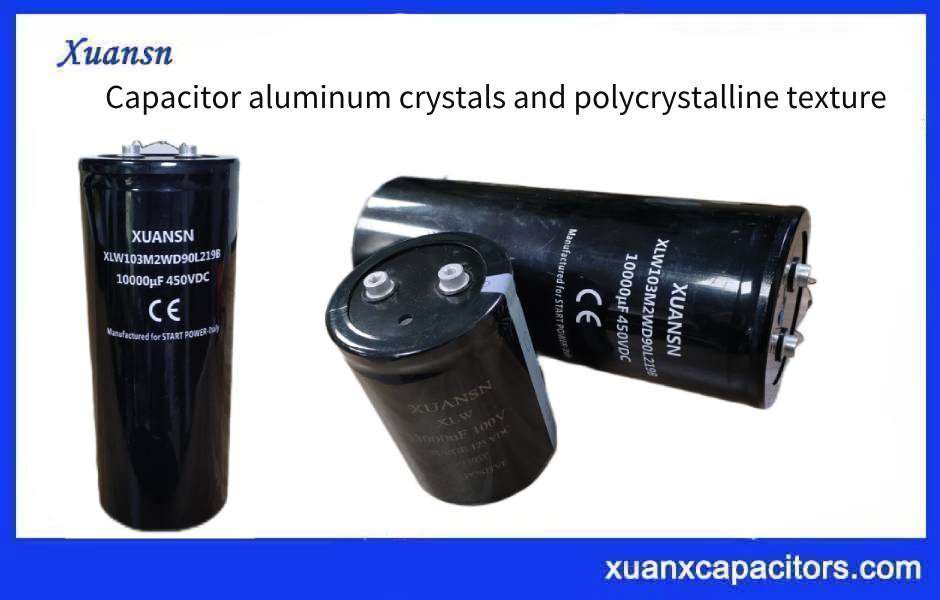What is a good capacitor
1.The larger the capacitance, the better.
Many people tend to use large-capacity capacitors in the replacement of capacitors. We know that although the larger the capacitance, the stronger the current compensation capability provided by the IC. Not to mention the increase in capacitance brought about by the increase in volume, which increases the cost and also affects air flow and heat dissipation. The key is that there is parasitic inductance on the capacitor, and the capacitor discharge circuit will resonate at a certain frequency. At the resonance point, the impedance of the capacitor is small. Therefore, the impedance of the discharge circuit is the smallest, and the effect of supplementing energy is also the best. But when the frequency exceeds the resonance point, the impedance of the discharge circuit begins to increase, and the capacity of the capacitor to provide current begins to decrease. The larger the capacitance of the capacitor, the lower the resonance frequency, and the smaller the frequency range in which the capacitor can effectively compensate for the current. From the perspective of ensuring the ability of a capacitor to provide high-frequency current, the view that the larger the capacitor is, the better is wrong. There is a reference value in general circuit design.
2. For capacitors of the same capacity, the more small capacitors in parallel, the better.
Voltage resistance value, temperature resistance value, capacitance value, ESR (equivalent resistance), etc. are several important parameters of a capacitor. Naturally, the lower the ESR, the better. ESR is related to capacitance, frequency, voltage, temperature and so on. When the voltage is fixed, the larger the capacity, the lower the ESR. The use of multiple small capacitors in parallel in the board card design is mostly due to the PCB space limitation, so some people think that the more small resistors in parallel, the lower the ESR and the better the effect. Theoretically, this is the case, but considering the impedance of the solder joints of the capacitor pins, using multiple small capacitors in parallel may not necessarily be outstanding.
3. The lower the ESR, the better the effect.
Combined with our improved power supply circuit above, for the input capacitor, the capacity of the input capacitor should be larger. Relative capacity requirements, ESR requirements can be appropriately reduced. Because the input capacitance is mainly the withstand voltage, followed by absorbing the switching pulse of the MOSFET. For the output capacitor, the withstand voltage requirements and capacity can be appropriately reduced a bit. The requirement of ESR is higher, because what must be guaranteed here is sufficient current throughput. But it should be noted here that ESR is not as low as possible. Low ESR capacitors will cause the switching circuit to oscillate. The complexity of the anti-vibration circuit will also lead to an increase in cost. In the board design, there is generally a reference value here, which is used as a component selection parameter to avoid the increase in cost caused by the vibration damping circuit.
4. A good capacitor represents high quality.
The “capacitance-only theory” once flourished, and some manufacturers and media deliberately made this thing a selling point. In board design, the level of circuit design is the key. Just as some manufacturers can use two-phase power supply to make products that are more stable than some manufacturers use four-phase power supply, blindly using high-priced capacitors may not make good products. To measure a product, you must consider it from all angles and angles, and the role of capacitors must not be exaggerated intentionally or unintentionally.
